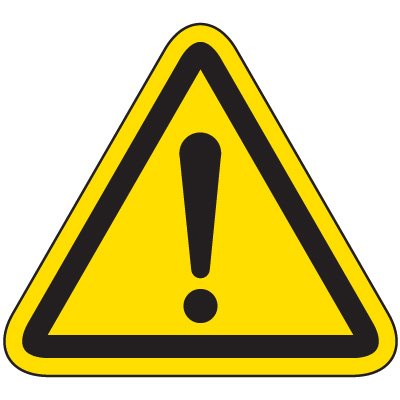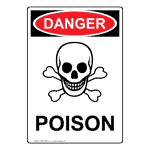
Batteries for Electric Golf Cars
Warning

Battery – Explosive gases!
Do not smoke.
Keep sparks and flames away from the golf car and service area.
Ventilate when charging or operating golf car in an enclosed area.
Wear a full-face shield and rubber gloves when working on or near batteries.
Charge batteries in a well-ventilated area only. Batteries emit hydrogen while being charged. Hydrogen is an explosive gas and must never exceed a level of 2% of the air.
Battery- Poison!

Contains acid! Causes severe burns. Avoid contact with skin, eyes, or clothing. Antidotes: – External: Flush with water. Call a physician immediately. Internal: Drink large quantities of milk or water followed with milk of magnesia or vegetable oil. Call a physician immediately. - Eyes: Flush with water for 15 minutes. Call a physician immediately.
WARNING - Wear safety glasses or approved eye protection when servicing the golf car or battery charger. Wear a full-face shield and rubber gloves when working on or near batteries.
Use insulated tools when working near batteries or electrical connections. Use extreme caution to avoid shorting of components or wiring.
Caution

On all golf cars, turn off all accessories before charging batteries.
NOTE: Recycle or dispose of discarded batteries in accordance with local, state, and federal regulations.
Sasser Golf Cars, Inc., Inc. uses deep-cycle batteries.
Automotive batteries and Marine batteries should never be used in electric golf cars.
New batteries will not deliver their full capabilities until they have been discharged and recharged 20 to 50 times. To obtain the maximum service life from new batteries, restrict electric golf cars with new batteries to 40 to 50-amp hours or 40 minutes of private use between charges in the first two months of operation.
Batteries should be fully charged before first use of new golf cars, before first use of a golf car after storage, and before releasing golf car for use each day.
WATER QUALITY is the most important factor in the performance and life span of the golf cars batteries. We recommend the use of distilled water.
Distilled Water is the most common type of water used in batteries. The distilling process results in water that is free of minerals that can lead to poor battery performance and life.
Distilled water is normally available for purchase at your local grocery stores, home improvement stores, Dollar Stores, and / or similar stores.
Tap Water: While the use of tap water without filtering is an alternate method of battery watering, its use should be limited due to the levels of dissolved minerals and chemicals that can degrade battery performance and life.
To keep batteries in good working condition, follow this maintenance program on a regular basis:
- Keep the batteries clean and free of corrosion. Wash tops and terminals of batteries with a solution of baking soda and water; use 1 cup baking soda per 1 gallon of water. Rinse solution from the batteries. Do not allow this solution to enter the battery. Be sure terminals are tight. Let the terminals dry and then coat with Battery Terminal Protector Spray.
- The battery hold-downs should be tight enough so that the batteries do not move while the golf car is in motion, but not so tight as to crack or buckle the battery case. For 8-volt batteries, tighten hold-down retaining nuts to proper torque.
- The terminal connections should be clean and tight, and any worn insulation or frayed wires should be replaced. Tighten battery terminals to proper torque.
- Warning If battery wire terminals are damaged or corroded, replace or clean them as necessary. Failure to do so may cause them to overheat during operation and could result in fire, property damage, or personal injury.
- After use, charge the batteries. The batteries should never be left discharged any longer than necessary (do not leave discharged overnight).
- Water the batteries monthly or according to the watering interval. Caution - The watering interval must adequately maintain the electrolyte level above the top of the plates. Water the batteries only AFTER charging
Caution

On all golf cars, turn off all accessories before charging batteries.
NOTE: When temperatures fall below 65 °F (18.3 °C), batteries charged in unheated areas should be placed on charge as soon as possible after use. Batteries are warmest immediately after use, and cold batteries require more time to fully charge.
Batteries should be put on charge even if they have been used for only a short period (10 minutes of operation).
Club Cars with an E.R.I.C. Chargers have a storage charge feature that automatically checks and recharges the batteries as necessary, the charger can remain plugged to the golf car throughout the storage period.
Golf cars should be restricted to 40 to 50-amp hours of discharge or 40 minutes of private use between charges until the batteries have been properly seasoned (50 to 70 charge cycles).
